How to reheat food
Most passengers complain about airplane food, but Nik Sennhauser is extremely passionate about airplane food. Nik Sennhauser believes that we have to consider that we are in a "metal tube" at an altitude of 12,000m in the air and flight attendants have to heat up meals in ovens for passengers.
Preparing food for service on an aircraft is a complex process with strict hygiene regulations that must be followed.
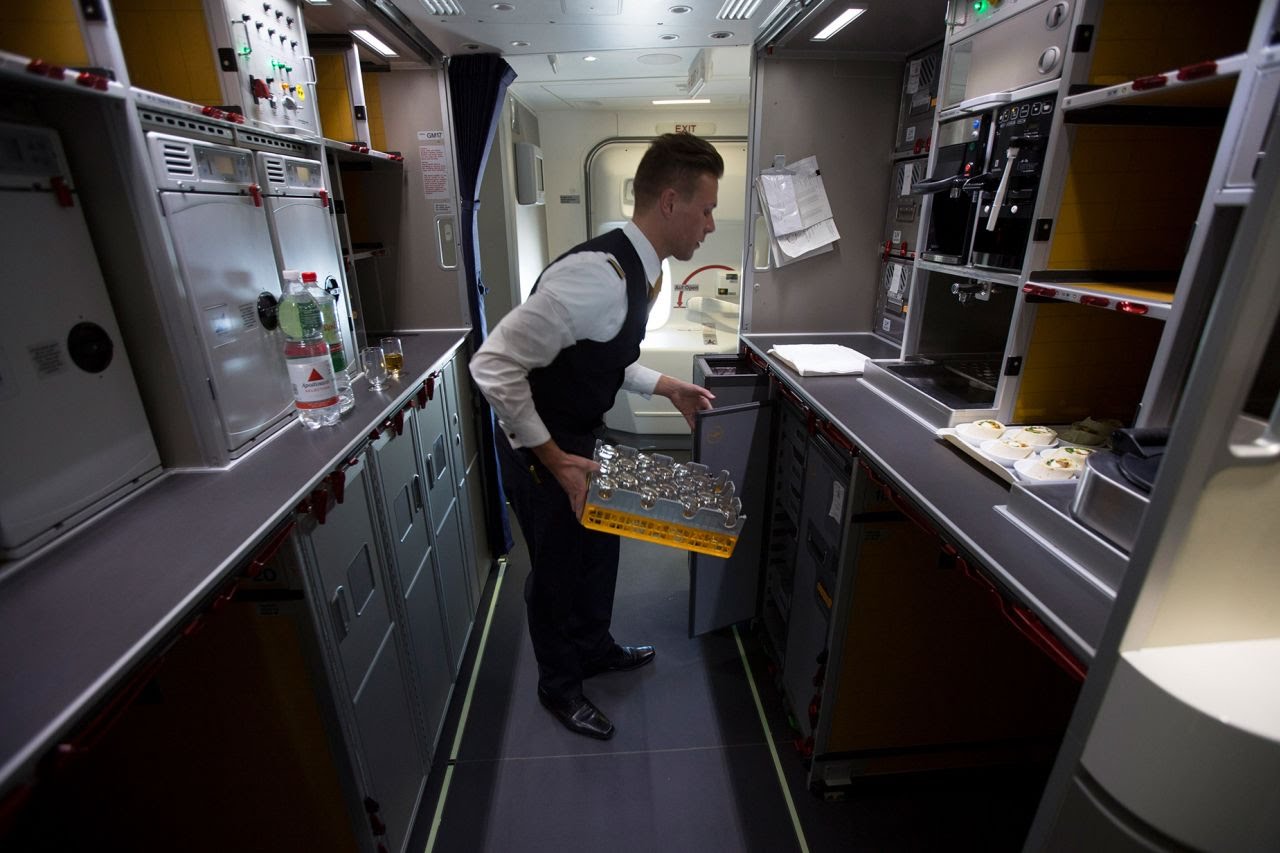
Flight crews can reheat hundreds of meals at once in the aircraft's convection ovens and steamers.
Meals are prepared by catering companies that are usually based at the airport before being loaded onto the plane. Until now, it was not easy to heat up hundreds of meals at once. Add to that the fact that meals for long-haul flights are often frozen and things get even more complicated.
Most aircraft ovens can use convection or steam to heat – and can hold up to 40 or 50 meals at a time, says Nigel Jones, an aircraft engineering expert at Kingston University in London and a member of the UK's Royal Aeronautical Society. "On a large aircraft, you might have 10 or 12 ovens," he says.
Maintenance crews check to see if the furnaces are running while the plane is on the ground overnight. They are completely shut down when the plane takes off.
The reason is that planes need all the power they can get from their engines to take off. They don't turn on the oven until they're airborne because the electrical system is overloaded. Once the plane is stable, the oven can be turned on.
The refrigerator and freezer run on different circuits so they never turn off.
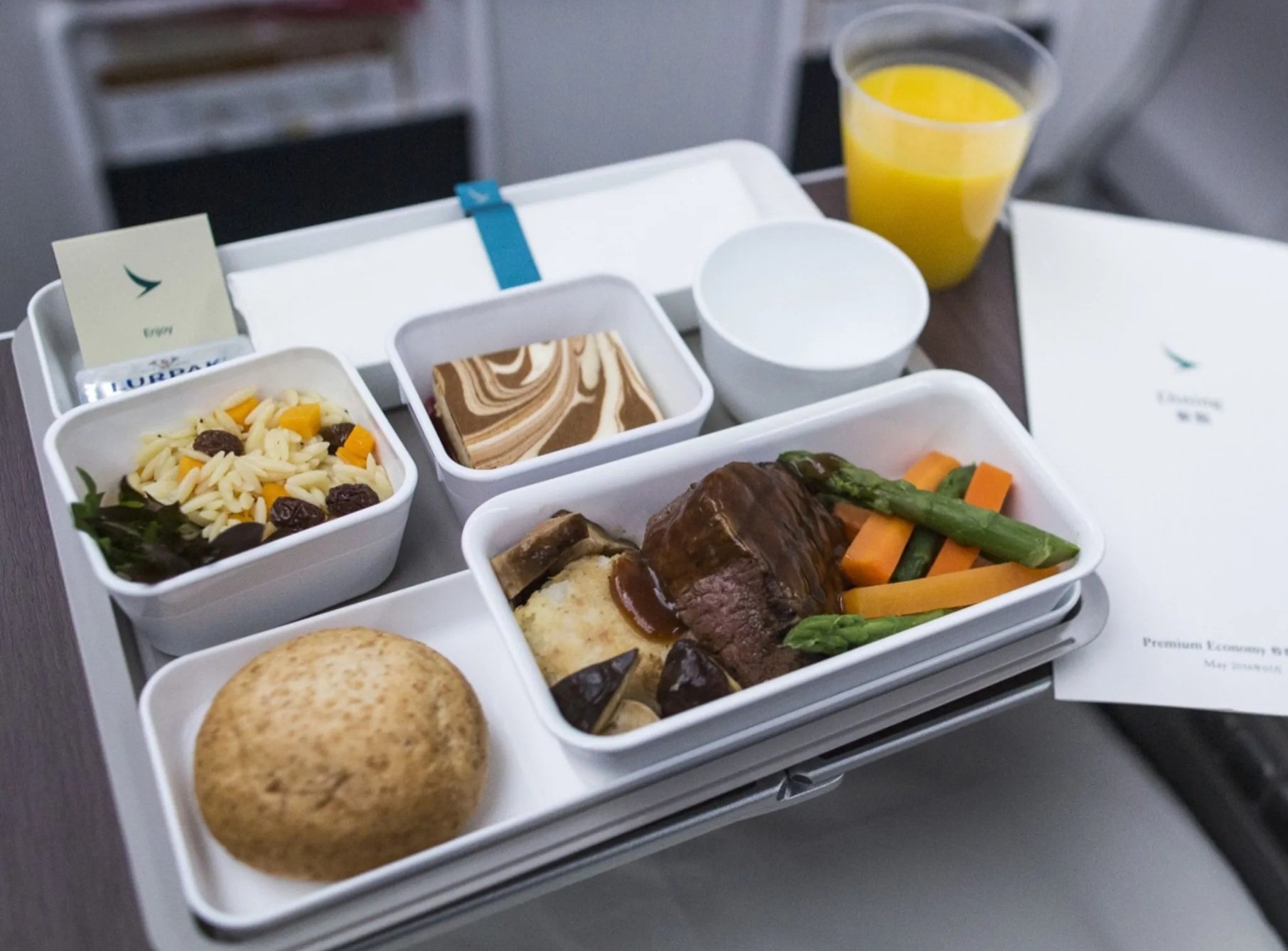
Food is always heated before serving to passengers.
Is the water on the plane clean?
Have you ever heard the advice not to drink tea or coffee on a plane?
A 2019 study of drinking water on 11 major US airlines, which ranked water from 1 to 5, found that only three scored a 3 or higher – considered acceptable. In addition, only one airline scored a 5.
Non-bottled water is drawn from the aircraft's cold water tanks, which supply water to the entire aircraft, from the toilets to the galley.
Typical advice is to avoid coffee, tea, and iced tea, but Jones is less concerned. Any hot water will be heated to a temperature that kills most bacteria, and water is often treated before it enters the tank, he says. For example, water loaded onto Boeing 787s is treated with UV light before it is pumped onto the plane.
Water from the tank is poured through the tap and heated in the "drink maker" to boil water and then kept warm on the device.
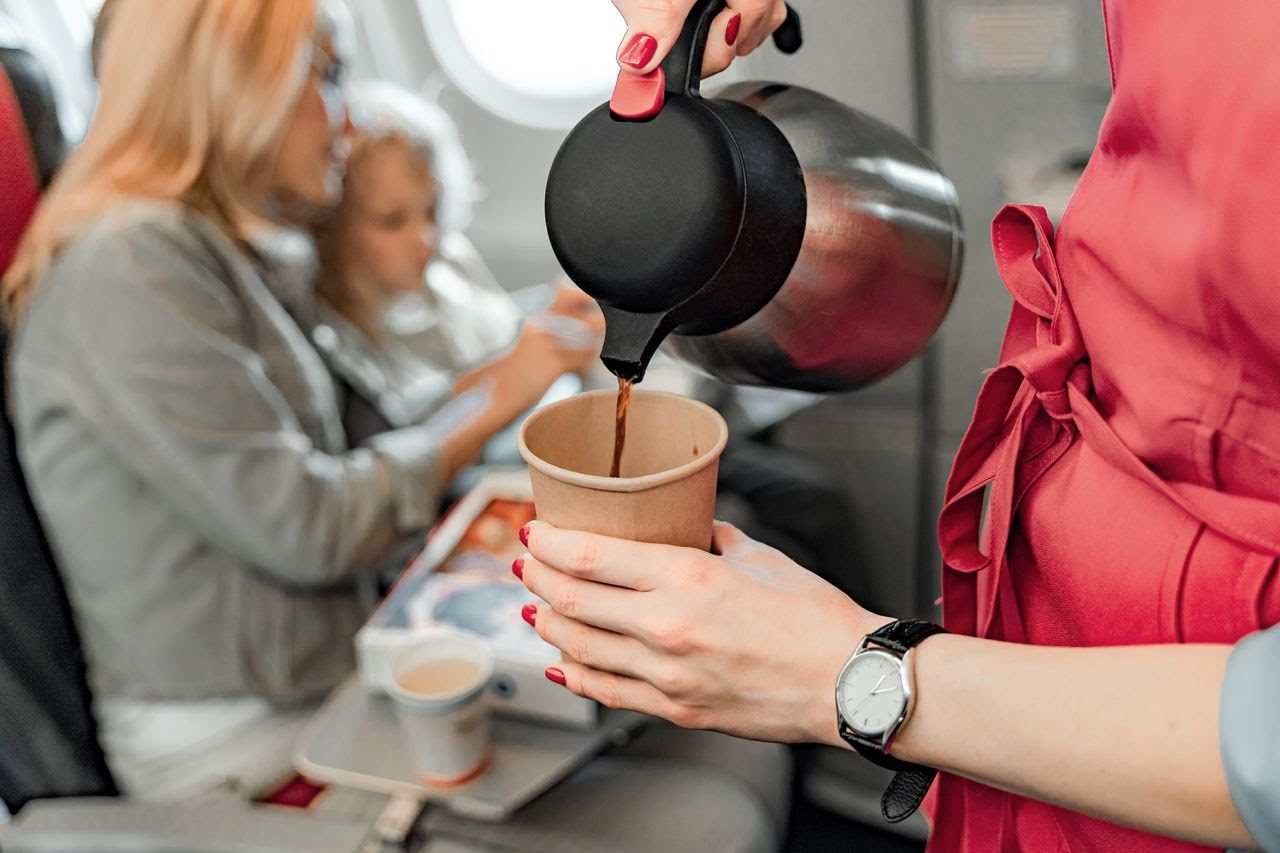
No coffee or tea on a plane? Experts say it's probably a conservative story
Despite grim warnings to "never drink coffee on a plane," Kris Major, a flight attendant and chairman of the European Transport Workers' Federation's Cabin Crew Union Committee, said he wasn't worried about watered-down drinks on planes.
"I am happy to drink water on the airline's plane and not be prejudiced because I am well aware of the regulations in the region and in the world , specifically the regulations in Europe and the UK," he said.
“Any drinking water has to be suitable for human consumption and there is no problem with the requirement of cleaning the tank,” he concluded.
Source link





![[Photo] Parade to celebrate the 50th anniversary of Laos' National Day](/_next/image?url=https%3A%2F%2Fvphoto.vietnam.vn%2Fthumb%2F1200x675%2Fvietnam%2Fresource%2FIMAGE%2F2025%2F12%2F02%2F1764691918289_ndo_br_0-jpg.webp&w=3840&q=75)




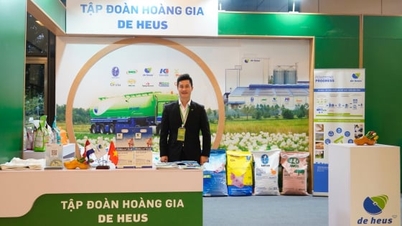



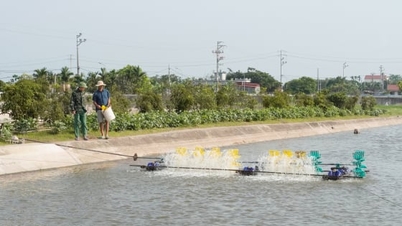

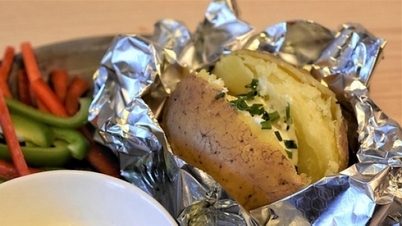

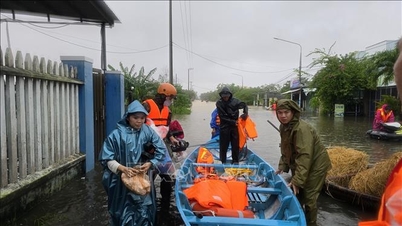

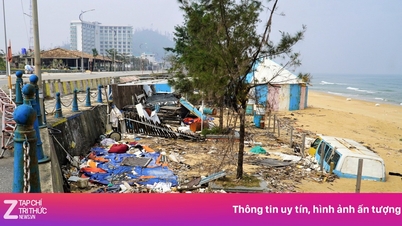

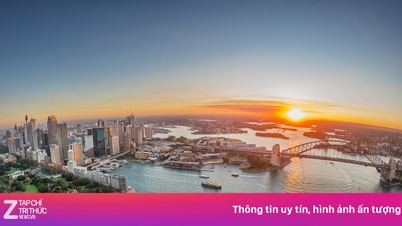
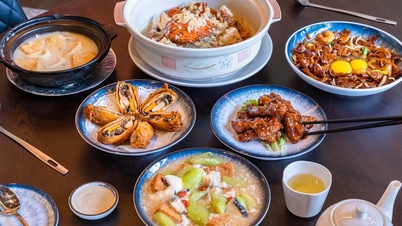



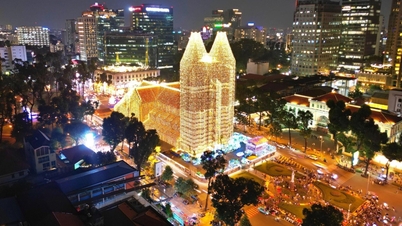




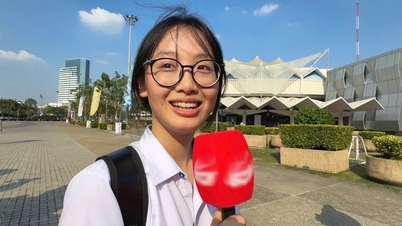


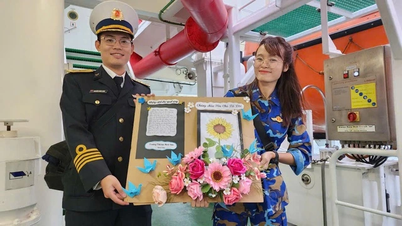

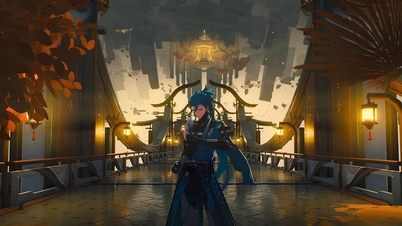
![[Photo] Worshiping the Tuyet Son statue - a nearly 400-year-old treasure at Keo Pagoda](/_next/image?url=https%3A%2F%2Fvphoto.vietnam.vn%2Fthumb%2F1200x675%2Fvietnam%2Fresource%2FIMAGE%2F2025%2F12%2F02%2F1764679323086_ndo_br_tempimageomw0hi-4884-jpg.webp&w=3840&q=75)


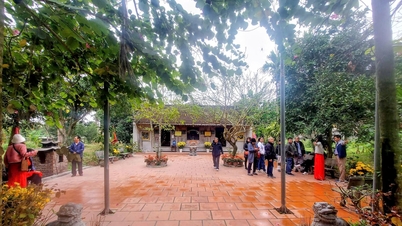
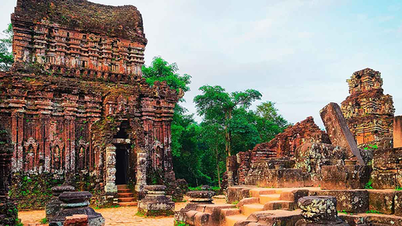



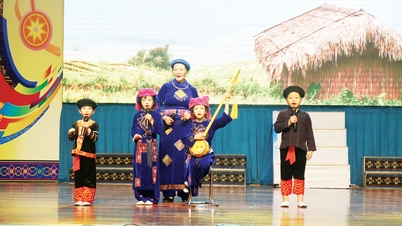

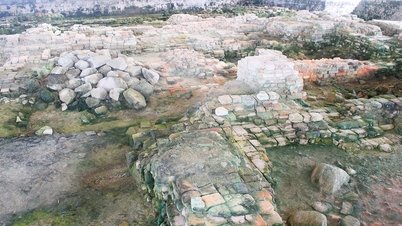





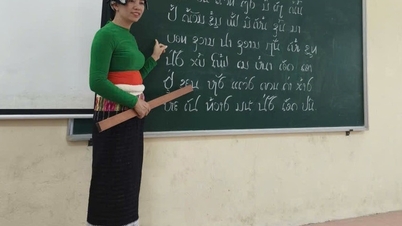

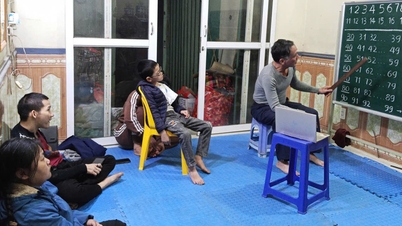
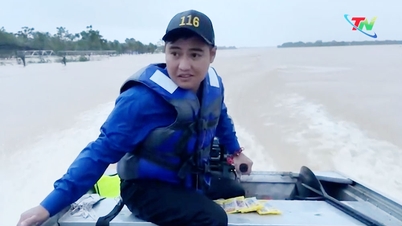

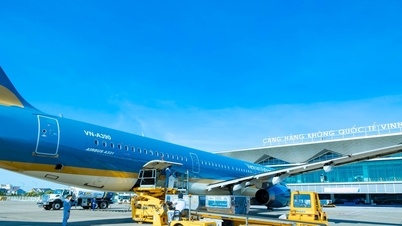





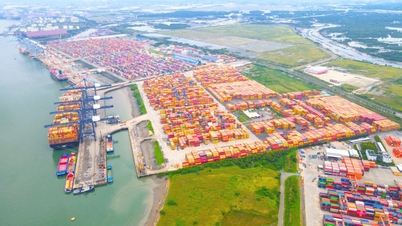










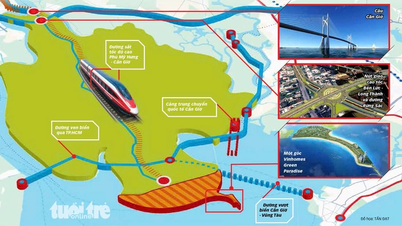



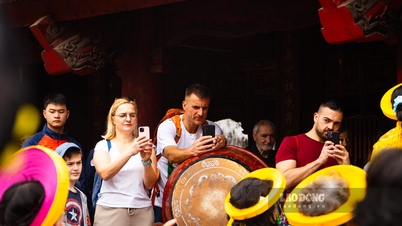
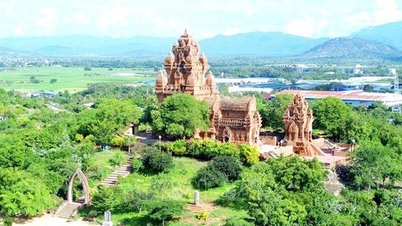

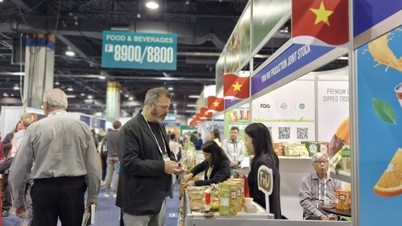

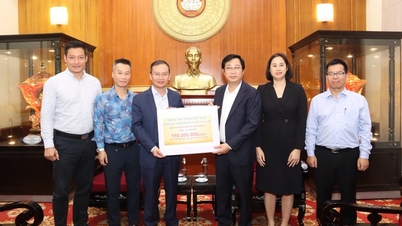
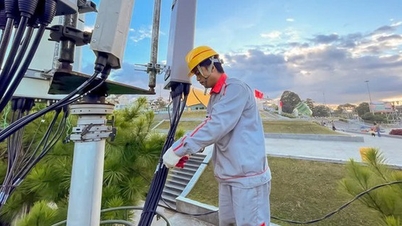
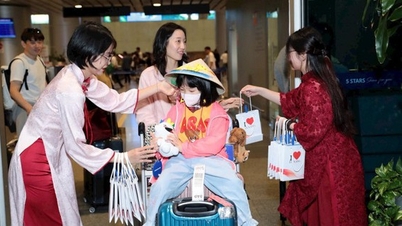
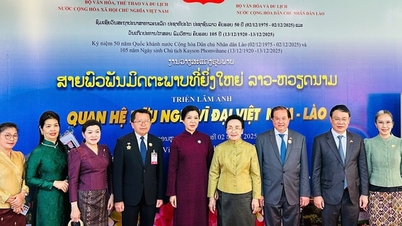
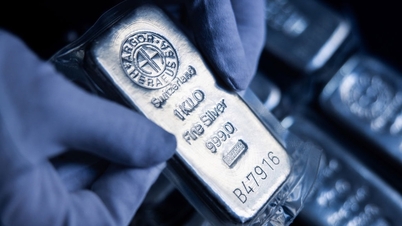


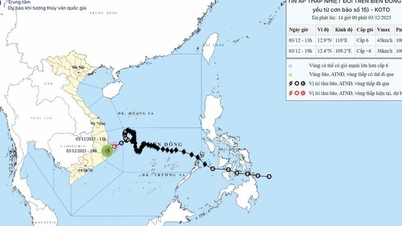

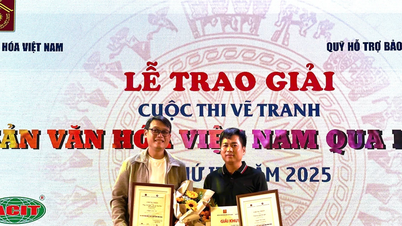

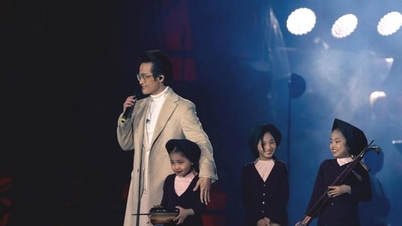

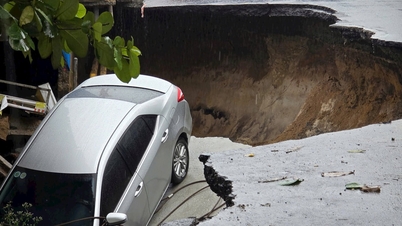






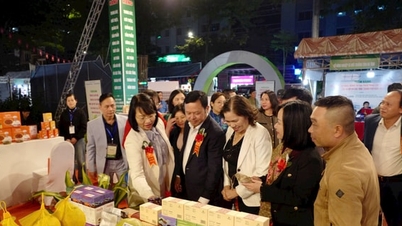
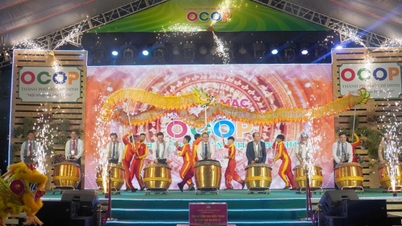



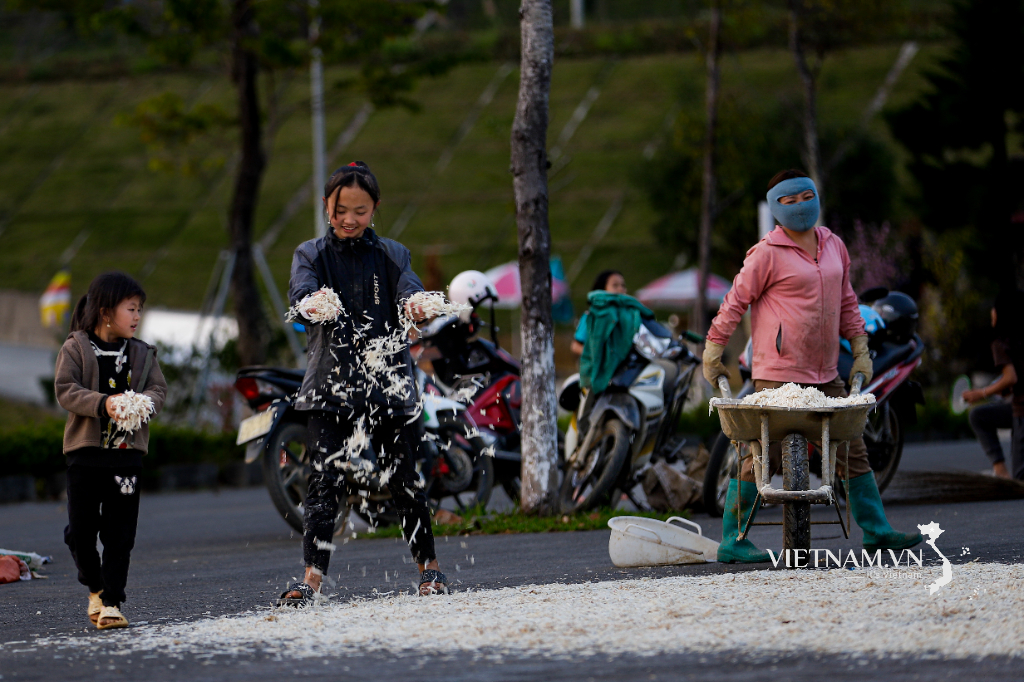
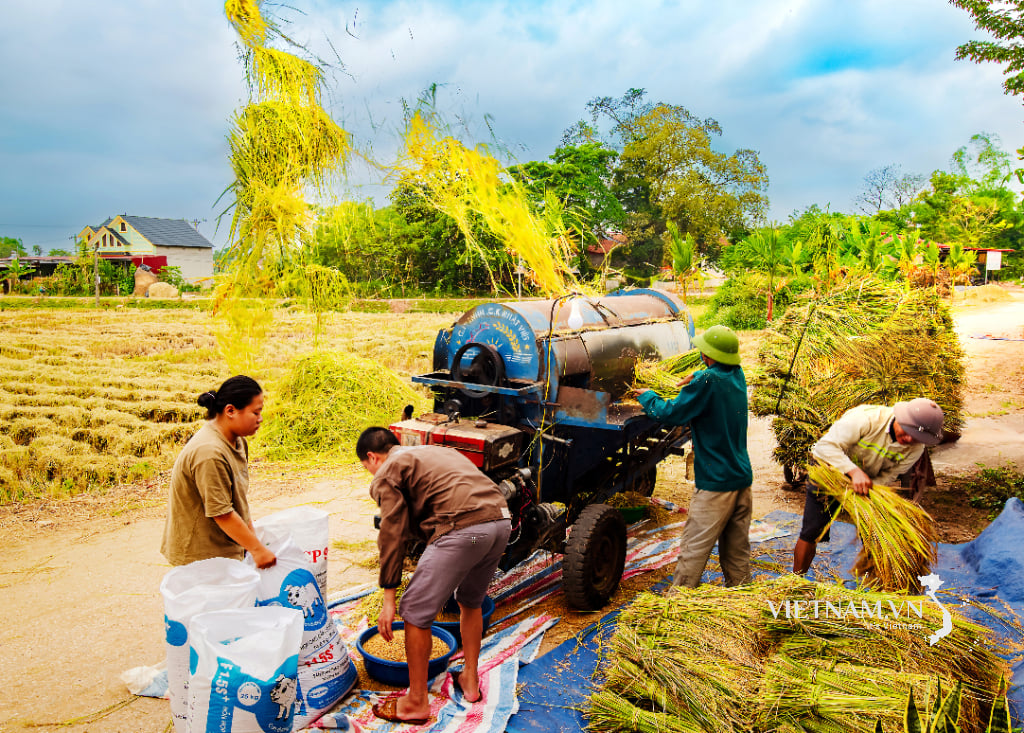
Comment (0)